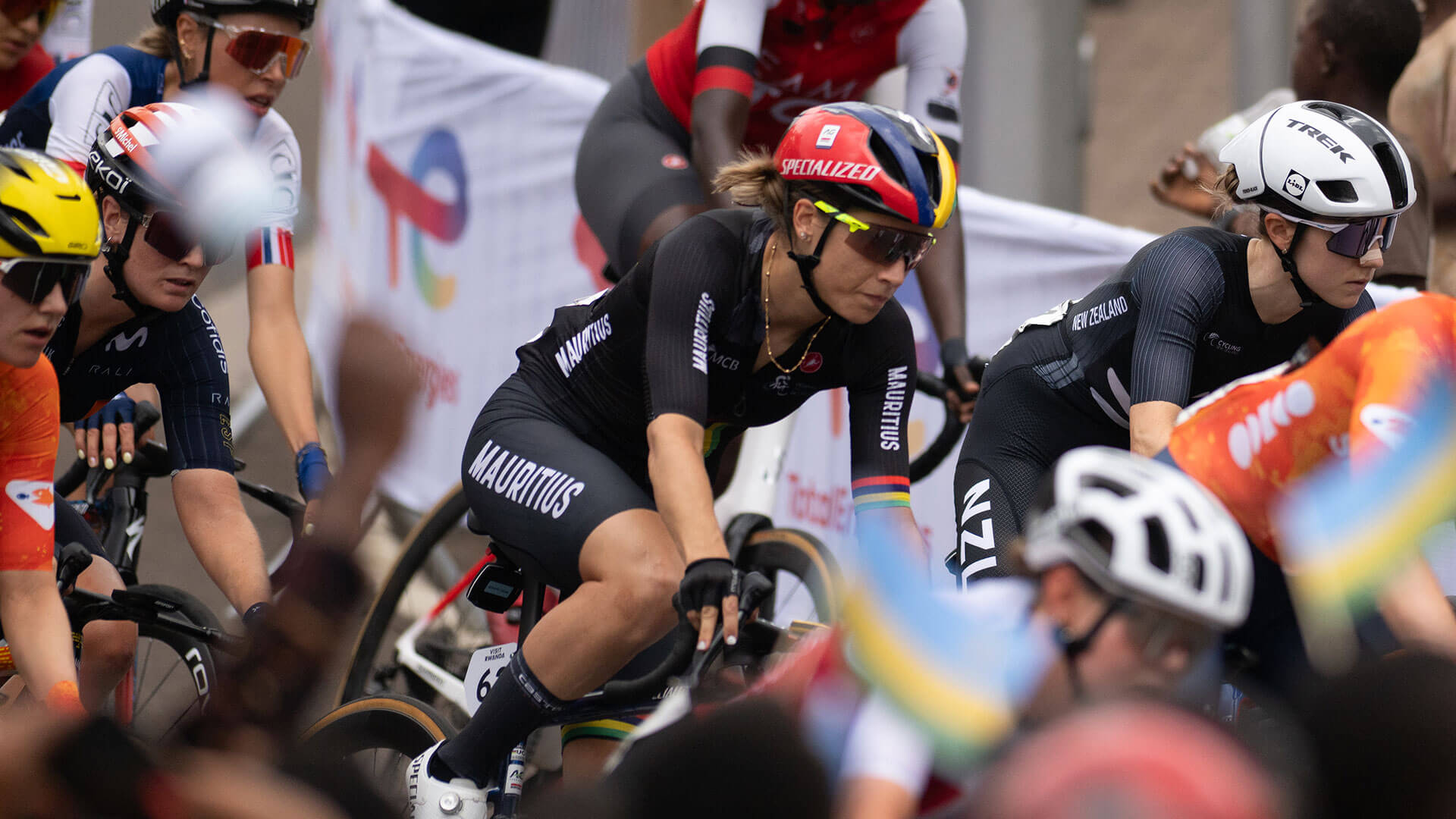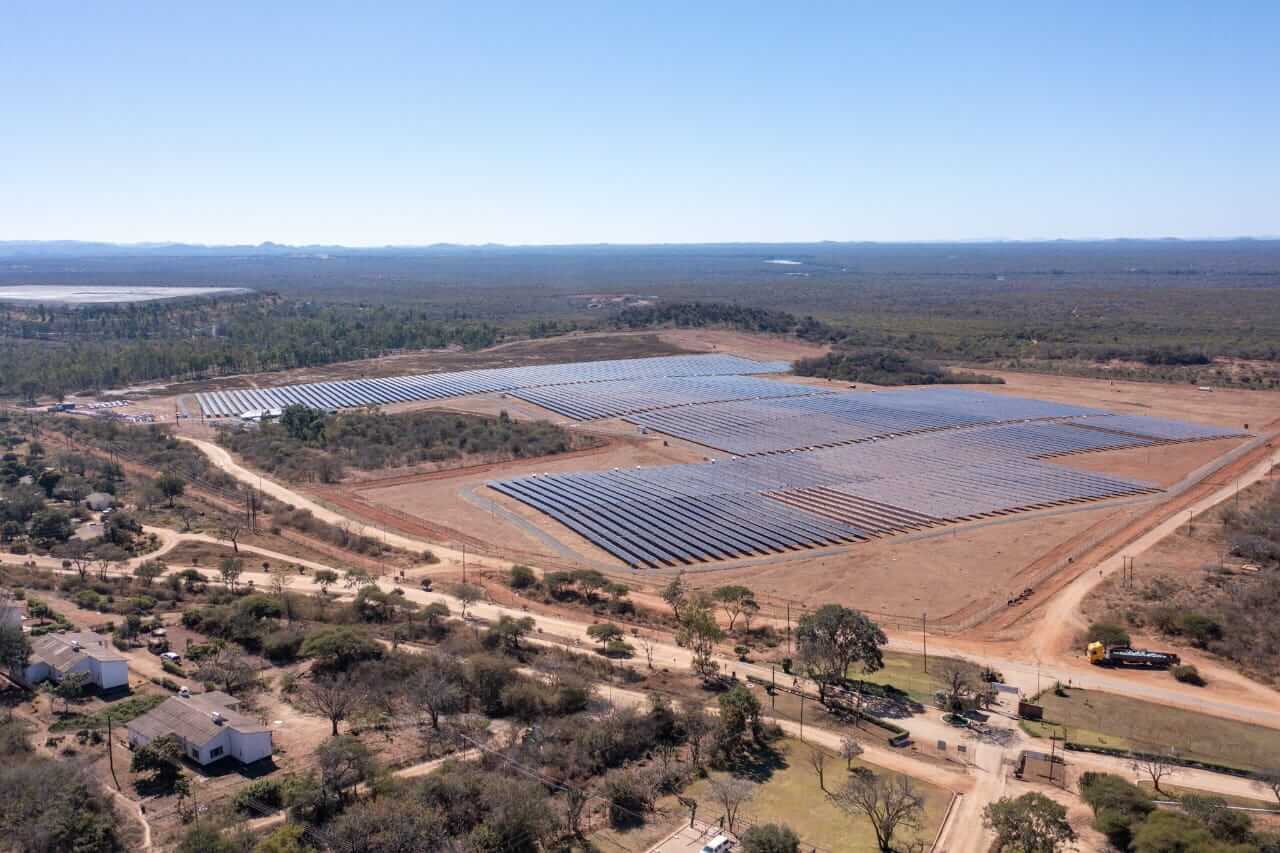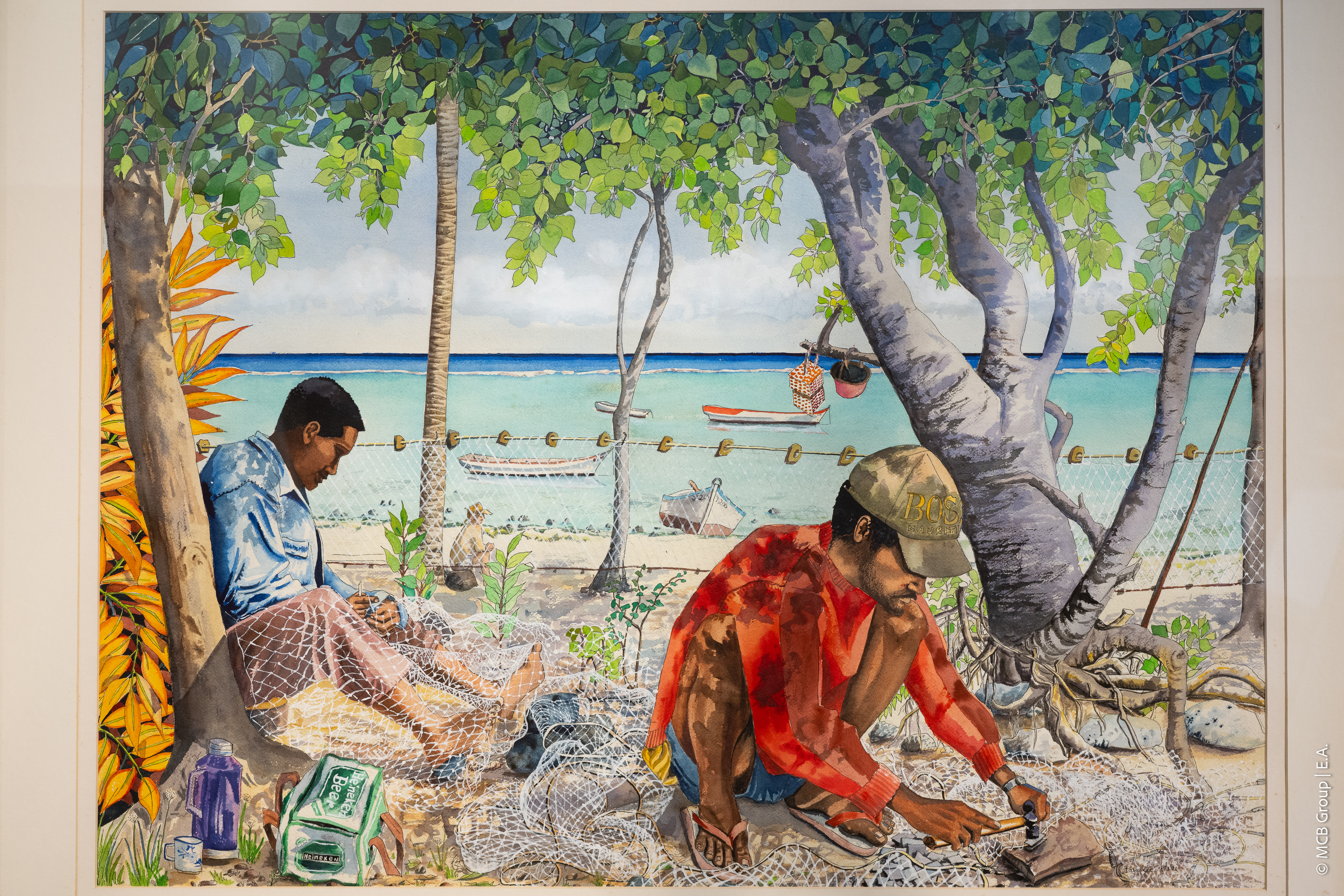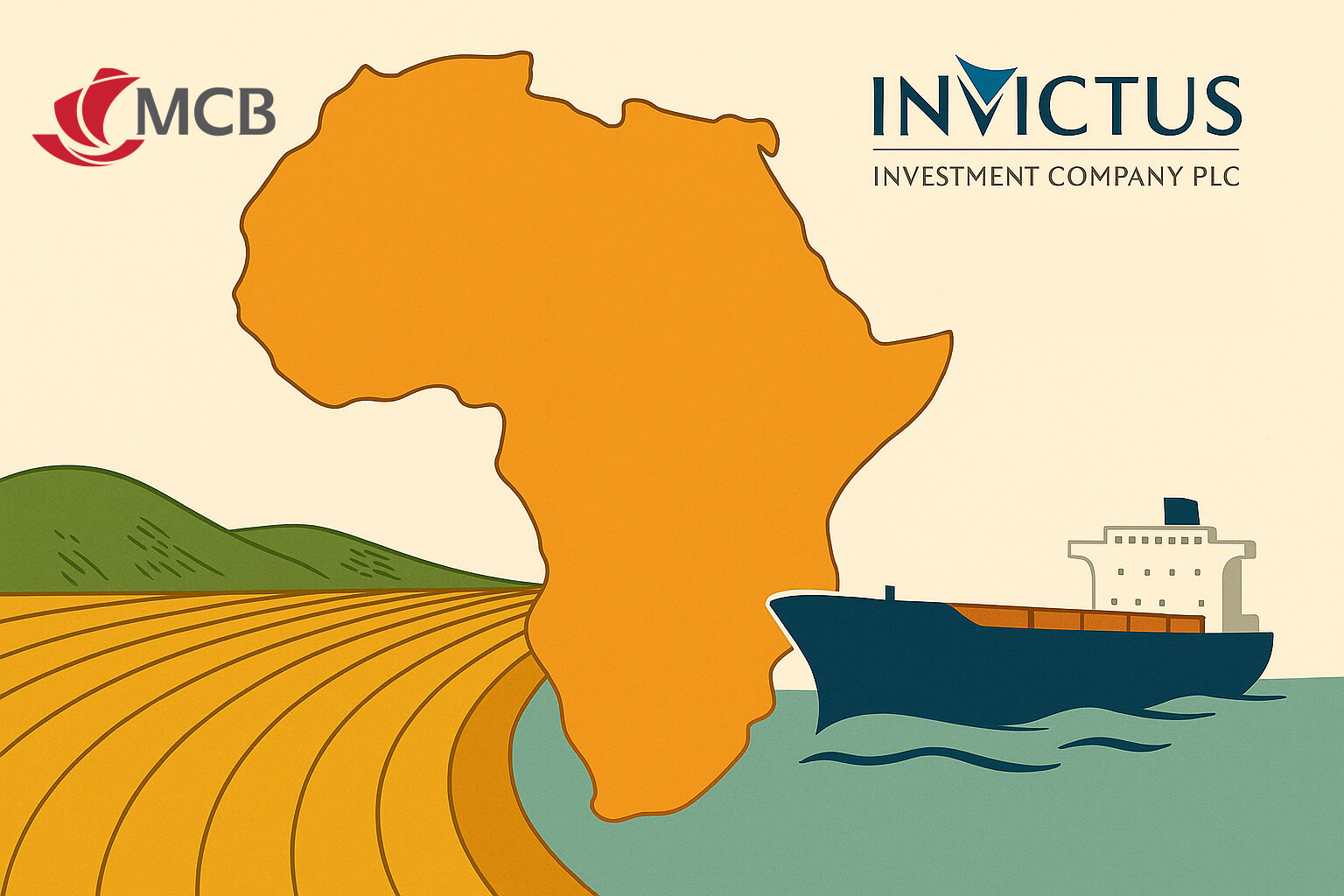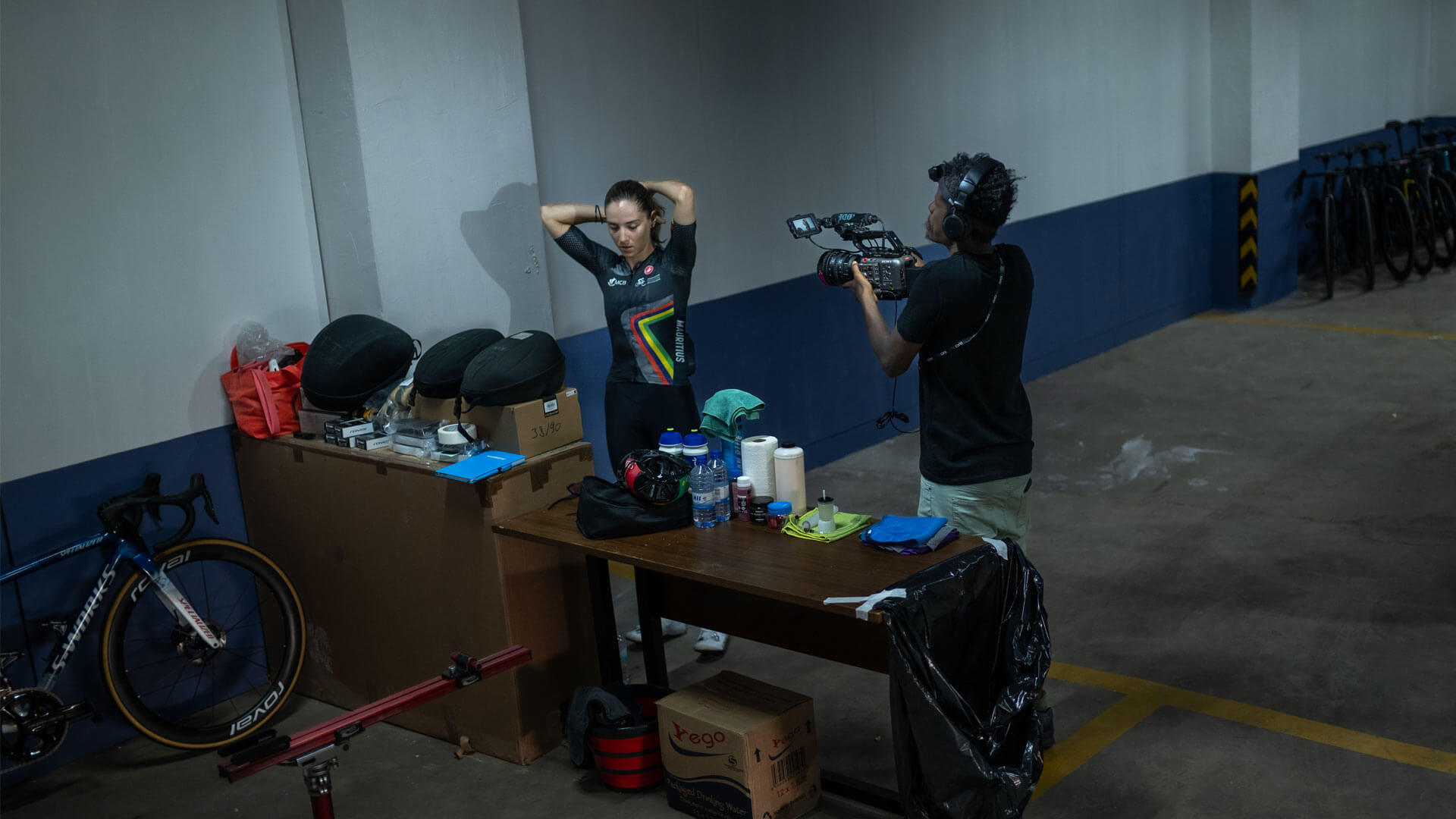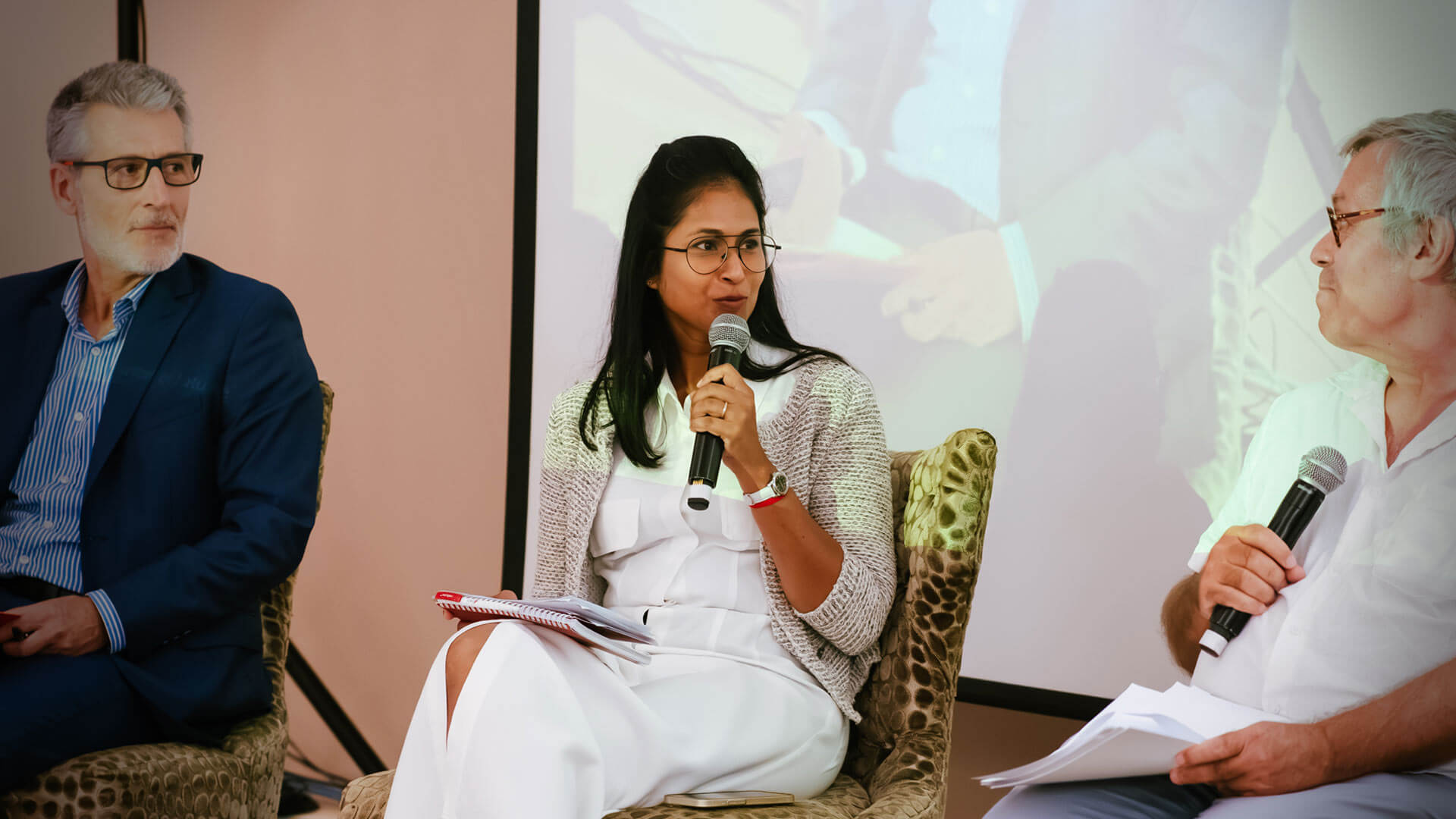- Home
- Investors Centre
- Sustainability
- Talent
- News
- Insights
- TH!NK
- Corporate Governance
- Company Profile
- Board of Directors
- Community
- MCB Offices
Contact Info
Cylindrocline, reintroduction of an extinct plant species

It took more than 30 years to save an endemic plant of Mauritius from extinction and reintroduce it: the Cylindrocline Lorencei. Saving this extinct species could happen by implementing several techniques that were unexplored in the field of conservation.
Rescued in extremis
In the 1970s, Cylindrocline Lorencei was known to be on the verge of extinction. Jean-Yves Lesouëf, founder of Brest’s Conservatoire Botanique National (CBN), decided to collect seeds and cuttings to rescue the species. In 1990, the species was declared extinct. However, the Brest CBN had placed whatever it could salvage in seed banks, but they could not germinate naturally. Thanks to biotechnologies, in collaboration with the INRA of Ploudaniel, the CBN succeeded in regenerating whole plants in 1993. The somewhat tricky cuttings tests and the lack of viable individuals and seeds led the Conservatory to turn to Vegenov to multiply, using in vitro micropropagation, hundreds of plants from 2009.
Recreate the conditions for a return to nature
This success, driven by biotechnology, would not have been achieved without the unwavering involvement of our Mauritian technical partner, the National Park and Conservation Service (NPCS) and our financial partner, The Mauritius Commercial Bank. From 2021, a long work of development of experimental management zones, the Conservation Management Areas (CMA), delimited by fences to avoid the presence of unwanted animal species and cleaned of all invasive plant species, allowed the acclimatisation of about thirty plants that today flourish in a protected environment.
A large-scale reintroduction this year
The past three decades have been marked by many steps that proved to be a turning point in the approach to conservation: the study of species’ life cycle, embryo culture tests and the use of innovative techniques, the stages of its multiplication in Brest, before projecting on the relocation site in a restored environment in Mauritius.
Subscribe to our Email Alerts
Stay up-to-date with our latest releases delivered straight to your inbox.
Contact
Don't hesitate to contact us for additional info
Email alerts
Keep abreast of our financial updates.





